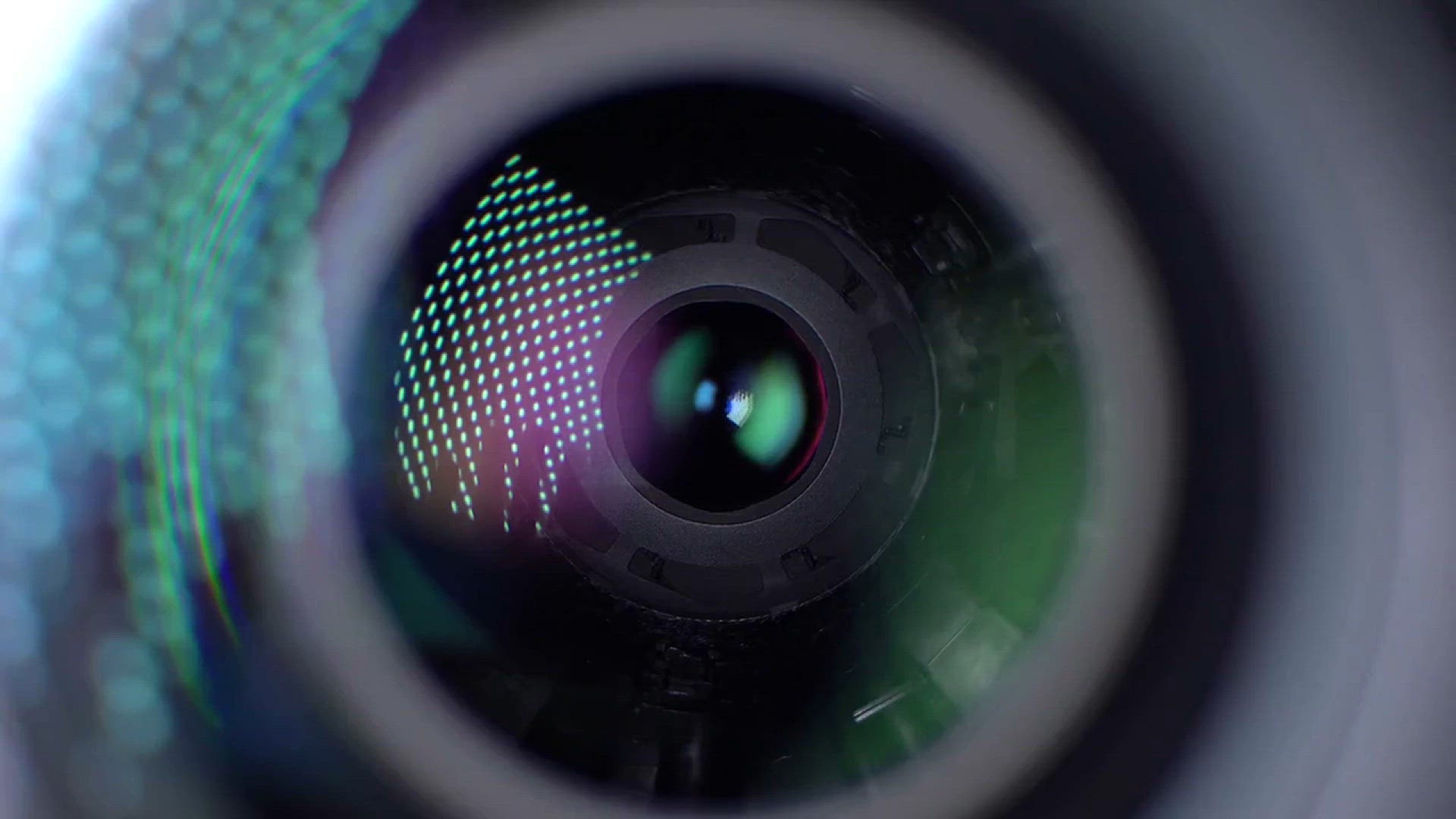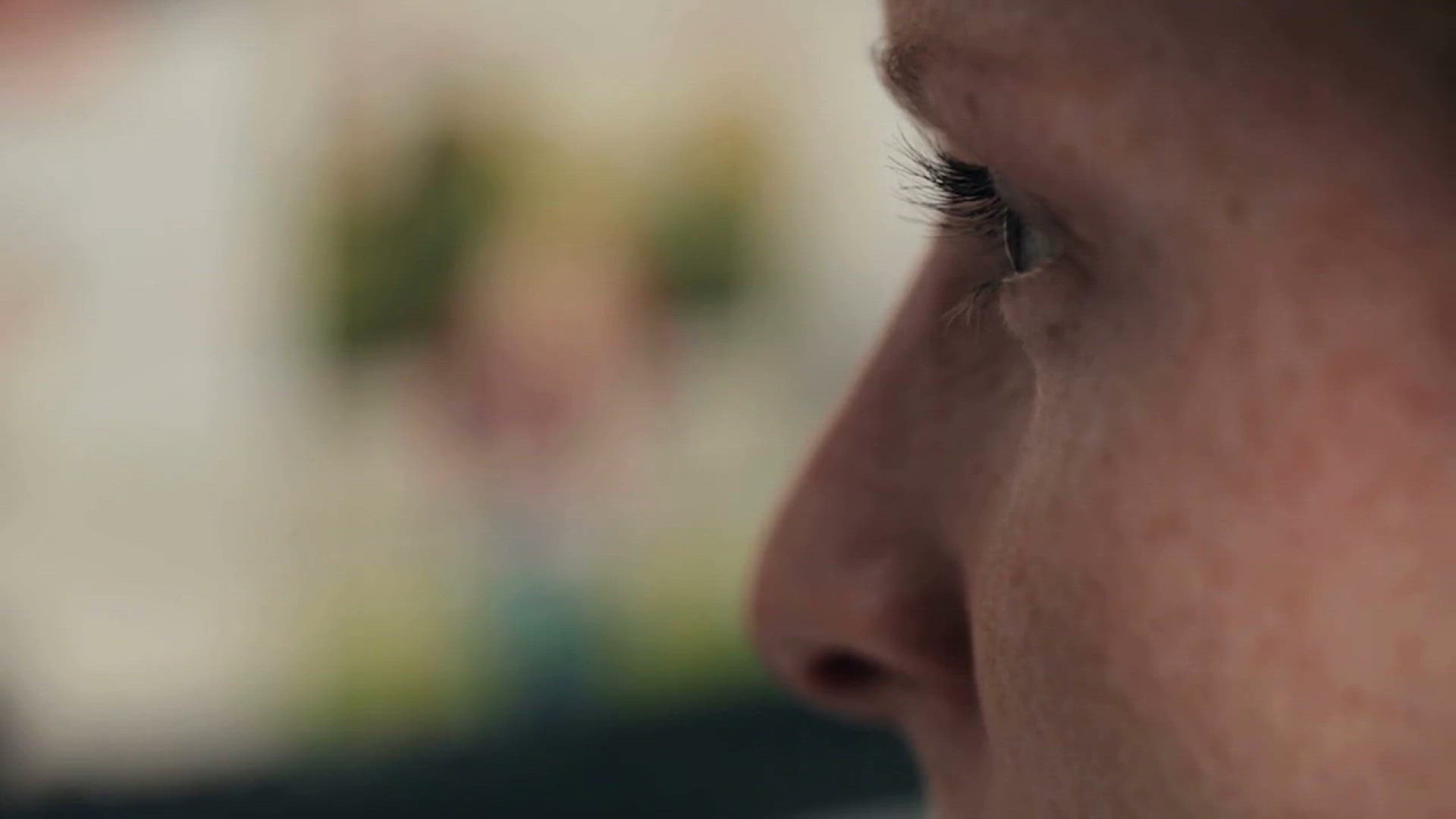
Irix 150mm F2.8 Macro Image Quality Demystified - An In-Depth Breakdown
Irix 150mm F2.8 Macro Image Quality Demystified – An In-Depth Breakdown When it comes to macro photography, the lens you choose can make all the difference in capturing the intricate details of your subjects. Whether you're shooting insects, flowers, text

Irix 150mm F2.8 Macro Image Quality Demystified - An In-Depth Breakdown
Irix 150mm F2.8 Macro Image Quality Demystified – An In-Depth Breakdown When it comes to macro photography, the lens you choose can make all the difference in capturing the intricate details of your subjects. Whether you're shooting insects, flowers, text

Irix 150mm F2.8 Macro Image Quality Demystified - An In-Depth Breakdown
Irix 150mm F2.8 Macro Image Quality Demystified – An In-Depth Breakdown When it comes to macro photography, the lens you choose can make all the difference in capturing the intricate details of your subjects. Whether you're shooting insects, flowers, text

Irix 150mm F2.8 Macro Image Quality Demystified - An In-Depth Breakdown
Irix 150mm F2.8 Macro Image Quality Demystified – An In-Depth Breakdown When it comes to macro photography, the lens you choose can make all the difference in capturing the intricate details of your subjects. Whether you're shooting insects, flowers, text

Mike Brown Coaching Strategies and Impact on NBA Teams
Mike Brown: Coaching Strategies and Impact on NBA Teams Mike Brown’s coaching career in the NBA is a testament to adaptability, leadership, and a commitment to building solid, team-oriented basketball programs. Over the years, Brown has earned respect fo

Og Maco Music Influences & Impact on Modern Hip-Hop
Og Maco: Music Influences & Impact on Modern Hip-Hop Og Maco, a name that quickly rose to prominence in the mid-2010s, is one of the most dynamic and influential figures in the contemporary hip-hop landscape. Known for his infectious energy, raw lyricism

Find the Best Deals, Offers & Discounts
Finding the Best Deals, Offers & Discounts: Your Ultimate Guide In today’s fast-paced world, everyone loves a good deal. Whether you're shopping online or in-store, knowing how to snag the best offers can save you a fortune. This guide will help you navi

Miami Weather Current Conditions, Forecasts, & Hurricane Updates
Regarding hurricane activity, the Atlantic hurricane season concluded on November 30, 2024. Currently, there are no tropical cyclones in the Atlantic, and the next hurricane season will begin on June 1, 2025. NOAA For the latest weather updates and fore